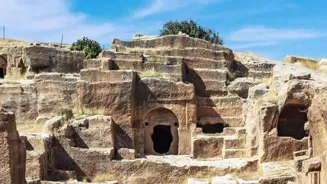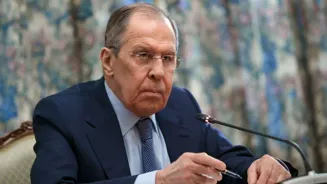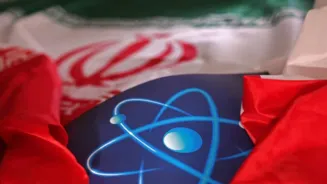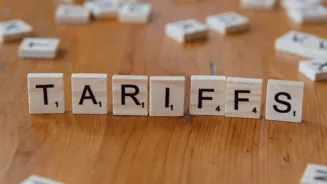Uncover 10 Mind-Blowing Archaeological Discoveries That Reshaped History! Dive into the past, witness ancient marvels, and be amazed!
Archaeology, yaaron, is like time travel! It's how we dig up the past
and learn about the people who came before us. Kabhi kabhi, these discoveries are so mind-blowing, so alagh, that they change everything we thought we knew about history.
Chalo, let's have a dekho at ten such dhamakedar discoveries!
Rosetta Stone: The Key to Unlocking Ancient Egypt
Imagine trying to read a book written in a language you don't understand. That's what it was like for historians trying to decipher Egyptian hieroglyphs pehle. Then, in 1799, dhak se, the Rosetta Stone was found!
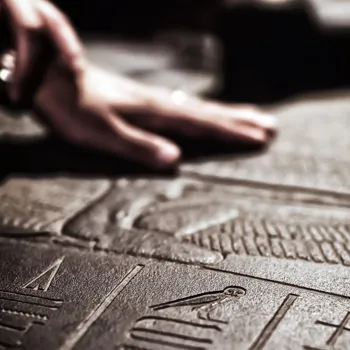
This pathar had the same text written in hieroglyphs, Demotic script (another Egyptian writing), and Ancient Greek. Since everyone knew Greek, they could finally understand the hieroglyphs!
This kamaal discovery opened up the whole world of ancient Egyptian history, allowing us to read their stories, their laws, and their beliefs. Wah bhai wah, what a breakthrough! It’s hard to overstate just how important this stone was. Think of all the secrets locked away in those ancient writings!
Without it, the Egyptian civilization and its rich history of Pharaohs would have been so much harder to interpret. Bohut important
Tutankhamun's Tomb: A Glimpse into Royal Life
Arey baba, who hasn't heard of King Tut? In 1922, Howard Carter sahab found his tomb in the Valley of the Kings. And baap re, it was filled with treasures! Gold, jewelry, chariots, and everything a pharaoh could want in the afterlife.
This khazana gave us an amazing jhalak into the life of Egyptian royalty, their beliefs about death, and their incredible artistry. The golden mask of Tutankhamun is iconic, hai na? It’s one thing to read about kings and queens.
It’s another thing entirely to see the actual objects they used and were buried with! This tomb helped us understand the lavish displays and the importance the Pharaohs gave to afterlife and burying themselves with worldly possessions. Ekdum sahi
Pompeii and Herculaneum: Cities Frozen in Time
In 79 AD, Mount Vesuvius ekdum erupted and buried the Roman cities of Pompeii and Herculaneum under ash and lava. But this burra tragedy also preserved these cities in amazing detail!
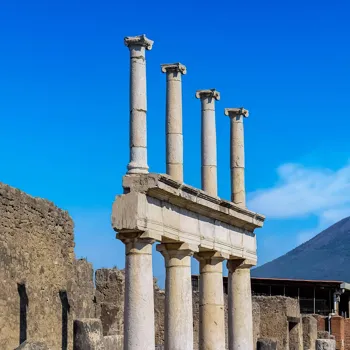
When archaeologists started digging, they found buildings, streets, and even the remains of people frozen in their last moments. Yeh sab dekh kar, we got a real andaaz of what life was like in a Roman city. Socho, we can see the bakeries, the shops, and even the graffiti on the walls!
From this we get a pakka idea of how people lived and breathed in those years and gives us priceless information This unique snapshot gives us a glimpse into everyday Roman life unlike any other site. Bilkul sahi
Terracotta Army: The Emperor's Silent Guardians
China mein, Emperor Qin Shi Huang wanted to be protected in the afterlife. So, he had an entire army of terracotta warriors made to guard his tomb! This army, discovered in 1974, is made up of thousands of life-sized soldiers and horses, each with unique features.
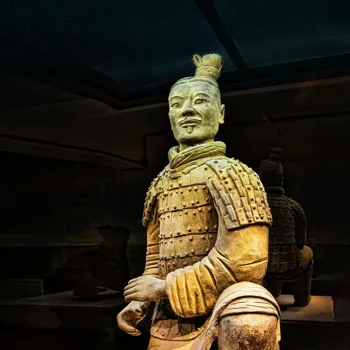
Socho toh sahi, the scale of this project is mind-blowing! It tells us a lot about the Emperor's power, his beliefs, and the incredible craftsmanship of the ancient Chinese.
There lies before us an army to defend the emperor in afterlife, but as they stand silent in front of us, they tell stories of an emperor who desired ultimate power and control. Ekdum powerfull.
Lascaux Cave Paintings: Art from the Ice Age
Deep inside the Lascaux caves in France, logon ne discovered amazing paintings made by early humans during the Ice Age. These paintings show animals like bison, horses, and deer, and they're incredibly detailed and beautiful.
Yeh dekh kar lagta hai, that even back then, people had a talent for art and a desire to express themselves. The paintings also give us a andaaz of the animals that roamed the Earth during that time.
The oldest paintings known to mankind come from these caves and provide an insight into the way people lived. Dumdaar.
Göbekli Tepe: Rewriting the History of Civilization
Sunno toh sahi, Göbekli Tepe in Turkey is changing everything we thought we knew about the start of civilization! This site has huge stone structures with carvings of animals, and it's much older than Stonehenge or the Egyptian pyramids.
Log kehte hain, it was a religious center built by hunter-gatherers thousands of years before farming became common. This suggests that religion and community came pehle, and phir agriculture followed!
Yeh toh bohot alag hain It is very different from how civilization was regarded until now, This anokha finding throws light on the way our ancestors lived and challenges preconceived notions. Bohut khoob
Archaeological discoveries, as we have seen, can offer so much more than just mere facts. They offer a portal through which we can witness the lives, struggles, and even the artistry that was prevalent in civilizations long gone. Each discovery like Rosetta stone or the Terracotta army unravel mysteries that have been unsolved for centuries, challenging assumptions and igniting curiosity for something more. Isi liye, the value of archaeology in deciphering history is unquestionable and very important. Bahut zaroori
These are just a few of the dhamakedar archaeological discoveries that have changed history. Each one gives us a jhalak into the past and helps us understand where we came from.
Toh bhaiyon aur behnon, keep exploring, keep digging, and keep learning about the amazing stories that are buried beneath our feet! Jai Hind!
AI Generated Content. Glance/InMobi shall have no liability for the content